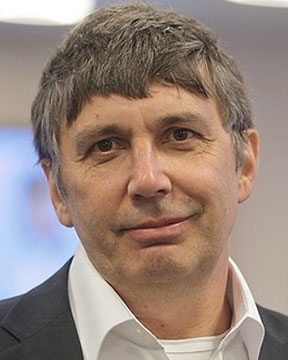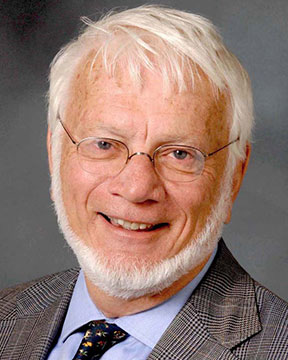ORALS
SESSION: SISAMWedPM1-R5
Functional Materials | Zehetbauer International Symposium on Science of Intelligent and Sustainable Advanced Materials (4th Intl. Symp. on Science of Intelligent and Sustainable Advanced Materials (SISAM)) |
| Wed Nov, 7 2018 / Room: Copacabana A (150/1st) | |
| Session Chairs: Ernst Bauer; Gerda Rogl; Session Monitor: TBA |
14:25: [SISAMWedPM106] Invited
Bulk and Thin-film Stoichiometric and Off-stoichiometric Full Heusler Thermoelectric Systems Ernst
Bauer1 ; Bernhard
Hinterleitner
1 ; Michael
Poneder
1 ; Christoph
Eisenmenger
1 ; Johannes
Rehak
1 ; Rene
Moser
1 ; Raimund
Podloucky
2 ; Takao
Mori
3 ; Xing-qiu
Chen
4 ;
1Technische Universität Wien, Vienna, Austria;
2Technische Universität Wien, Wien, Austria;
3NIMS Tsukuba, Tsukuba, Japan;
4NIMS Tsukuba, Shenyang, China;
Paper Id: 226
[Abstract] Among the various families of thermoelectric materials, half-Heusler and full-Heusler systems are appreciated for their excellent mechanical properties and an outstanding thermal stability. While half-Heusler materials are also known for their superior thermoelectric performance as characterized by the so-called figure of merit, ZT, reaching ZT values above 1, the thermoelectric efficiency of full-Heusler systems is still moderate and does not exceed ZT ~ 0.1 - 0.2. The latter finding is based on the unfavorable fact that the total thermal conductivity of such Heusler phases is pretty large, exceeding that of well-behaving thermoelectric materials by more than one order of magnitude. Nevertheless, the power factor of Heusler systems like those based on Fe<sub>2</sub>VA1, is comparable, or even exceeds that of well behaving and excellently performing materials based on Bi-Te.
In this contribution, the influence of substitution on different lattice sites (e.g., V/W or Fe/Ni) on the thermoelectric performance is studied, both from experiments as well as from first principles DFT calculations. In addition, we show that thin film preparation of Heusler systems results in an significant enhancement of the power factor pf substantial drop of the lattice thermal conductivity and thus in an dramatic increase of the figure of merit ZT. A number of microscopic observations are accounted for to explain this boost.



















